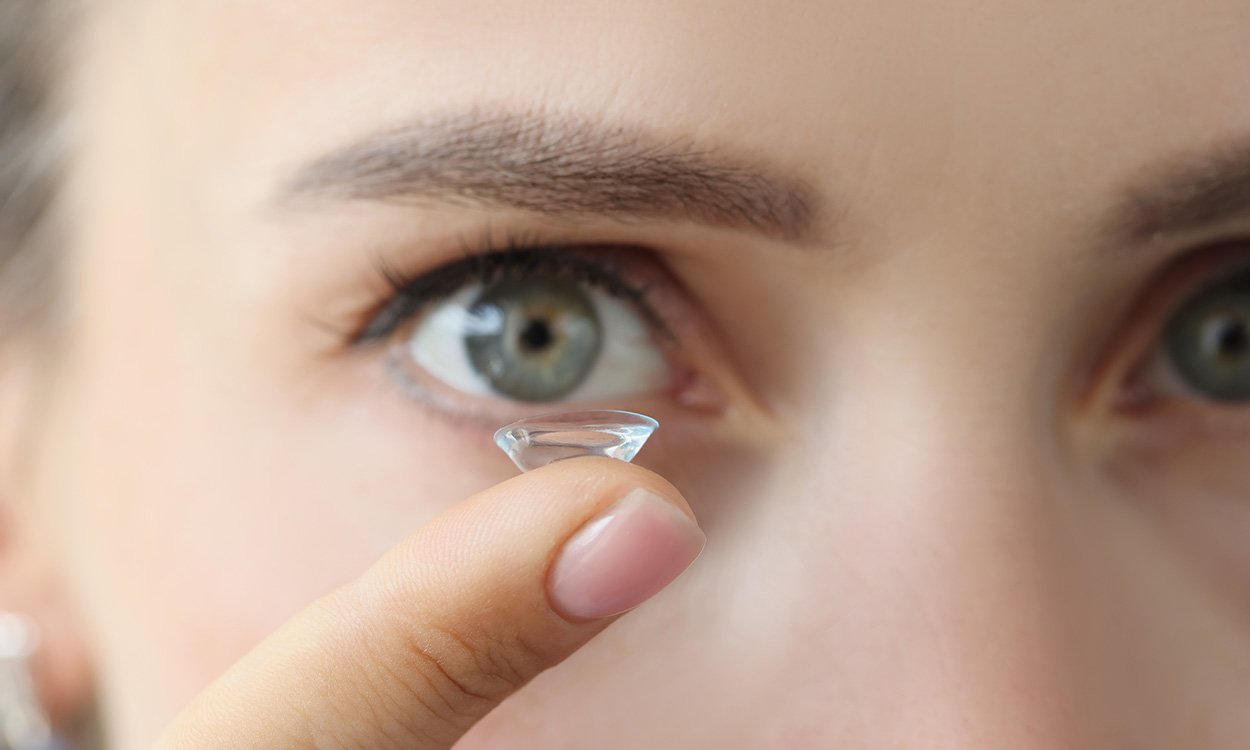Vision impairment can significantly impact a person’s quality of life. Regular eye exams play a crucial role in ensuring individuals receive appropriate interventions to maintain their independence and well-being. Eye care professionals addressing refractive errors such as myopia, hyperopia, and astigmatism can enhance a person’s ability to perform daily tasks, participate in enjoyable activities, and maintain overall quality of life (1).
Visual acuity is the measurement of the smallest object a person can identify from a specific distance. Visual function is assessed by having the person read letters on an eye chart at a suitable distance with each eye separately. Specialized eye charts are used for individuals who cannot read or for children. This allows us to assess the patient’s visual acuity. Measurements taken with autorefractors, specialized devices, before assessing visual acuity give us an idea of the patient’s refractive error.
The glasses prescription is determined by evaluating the lens powers that provide the best and clearest vision for the individual using a trial frame or a detailed device called a phoropter. As with eyeglasses, determining visual acuity is essential in contact lens examinations. In addition to determining the eyeglass prescription, determining the type of contact lens suitable for the patient is also an important part of the contact lens examination. Keratometry devices, which allow us to measure the cornea in detail, provide us with the measurements to help the contact lens fit the eye. Additionally, a detailed biomicroscopic examination is performed at this stage to evaluate the patient in detail to determine if there are any conditions that would prevent contact lens use.
1. Walline, J. J., Jones, L. A., Sinnott, L., & Manny, R. E. (2018). A Randomized Trial of the Effect of Soft Contact Lenses on Myopia Progression in Children. Investigative Ophthalmology & Visual Science, 59(1), 220-225.



